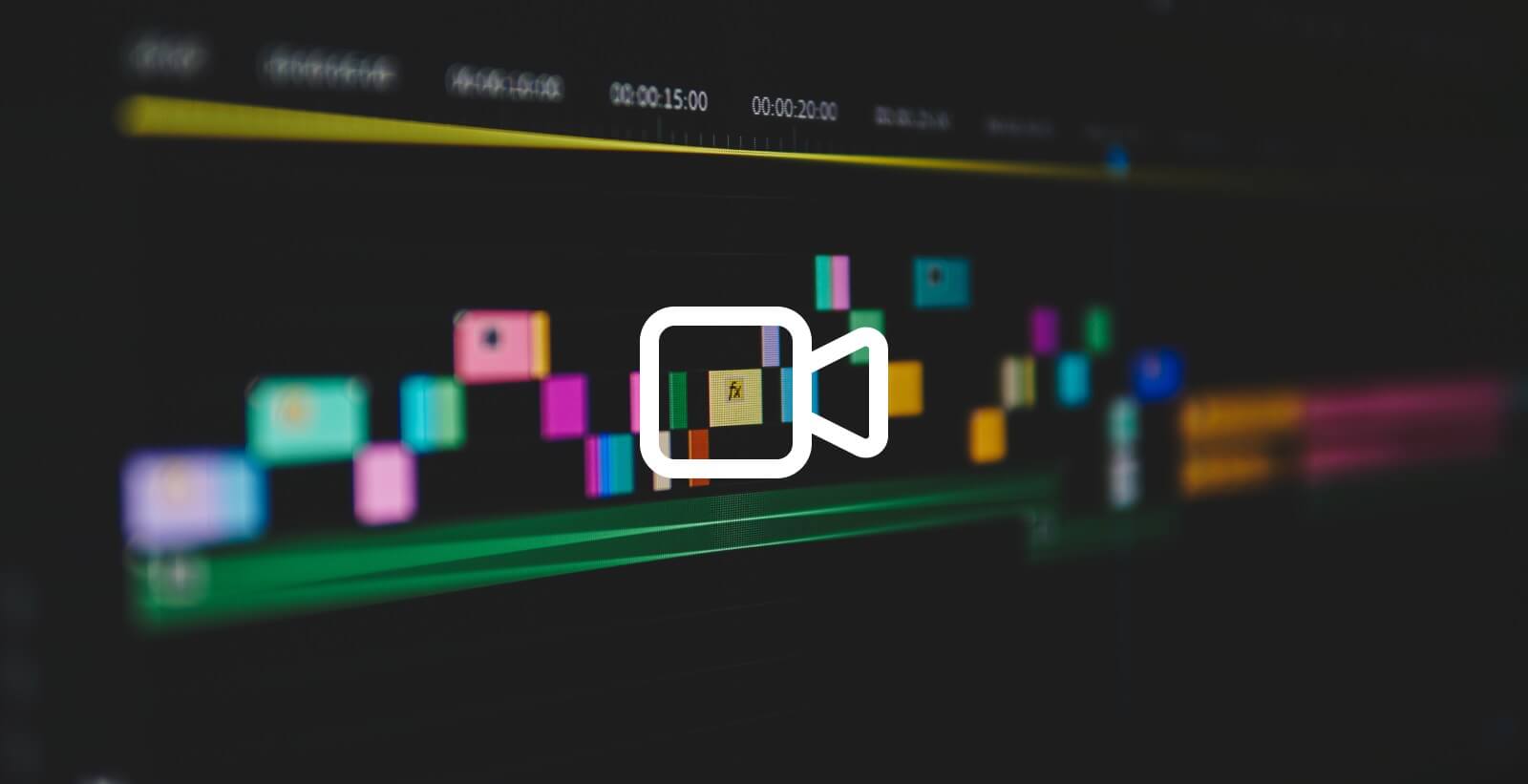Video production has traditionally involved multiple stages, from scriptwriting to pre-production, filming, and post-production editing. However, recent advancements in text-to-video technology have revolutionized how videos are created. This innovative AI-driven approach allows filmmakers, content creators, and marketers to transform text-based content into visually engaging videos. In this article, we explore the remarkable impact of text-to-video technology on video production and its potential to reshape the industry.
The Power of Text-to-Video Technology
Text-to-video technology utilizes artificial intelligence algorithms to analyze text inputs and automatically generate corresponding video content. By harnessing the power of natural language processing, computer vision, and deep learning techniques, this technology can interpret and visualize textual information, creating compelling video sequences.
Automating the Creative Process
Traditionally, transforming a script or written content into a video requires extensive human involvement and resources. However, text-to-video technology automates the creative process, significantly reducing the time and effort required to produce videos. It allows content creators to focus on creativity, storytelling, and message refining while the AI algorithms handle the technical aspects of visualization and video generation.
Enhancing Efficiency and Speed
Text-to-video technology streamlines the video production workflow, enabling swift turnaround times and increasing overall efficiency. With the ability to rapidly convert text into videos, content creators can meet tight deadlines and respond promptly to emerging trends and audience demands. This technology eliminates time-consuming tasks such as storyboarding, location scouting, and lengthy filming sessions, resulting in accelerated video production cycles.
Unlocking Creativity and Flexibility
Text-to-video technology unlocks new levels of creativity and flexibility for video production. Content creators can experiment with various styles, visual elements, and effects to align with their brand identity and desired narrative. The technology enables dynamic customization, allowing users to tailor video content based on specific target audiences, increasing engagement and relevance.
Expanding Access and Affordability
Text-to-video technology democratizes video production by making it more accessible and affordable. It eliminates the need for costly equipment, extensive crew, and elaborate sets, making video creation feasible for individuals and businesses with limited resources. This accessibility opens up avenues for creativity, enabling emerging filmmakers and content creators to produce high-quality videos without significant financial burdens.
Applications Across Industries
The impact of text-to-video technology extends across various industries and sectors. Marketing and advertising enable the rapid production of engaging video content for campaigns, social media promotions, and product demonstrations. E-learning and training it simplifies the creation of instructional videos, explainer videos, and educational content. In journalism and news media, it facilitates the quick conversion of articles and written news into visually compelling video segments.
The Role of Human Creativity
While text-to-video technology offers significant advantages, creativity remains crucial in video production. AI algorithms excel at generating visuals based on text inputs, but human expertise is essential for storytelling, emotional impact, and conveying nuanced messages. The collaboration between human creativity and AI-driven automation produces the most compelling and resonant videos.
Challenges and Future Directions
As with any emerging technology, text-to-video technology faces certain challenges. Ensuring accurate interpretation of complex or abstract concepts, maintaining stylistic consistency, and mitigating potential biases in the generated videos are ongoing areas of improvement. However, as technology advances, these challenges can be addressed through iterative refinement and user feedback.
Looking ahead, the future of text-to-video technology holds tremendous potential. We can expect even greater accuracy, realism, and creative possibilities in text-to-video conversions with continued advancements in AI algorithms, enhanced natural language understanding, and more extensive training datasets. This technology will further democratize video production, empower content creators, and reshape how stories are brought to life on screen.
Conclusion
Text-to-video technology is transforming video production by automating converting written content into visually engaging videos. It enhances efficiency, accelerates production timelines, unlocks creativity, and expands access to video creation. While AI-driven automation plays a vital role, human creativity remains essential in storytelling and connecting with audiences on an emotional level. As this technology continues to evolve, we can anticipate even more impressive applications and advancements, propelling the industry into an era of dynamic and accessible video production from script to screen.










